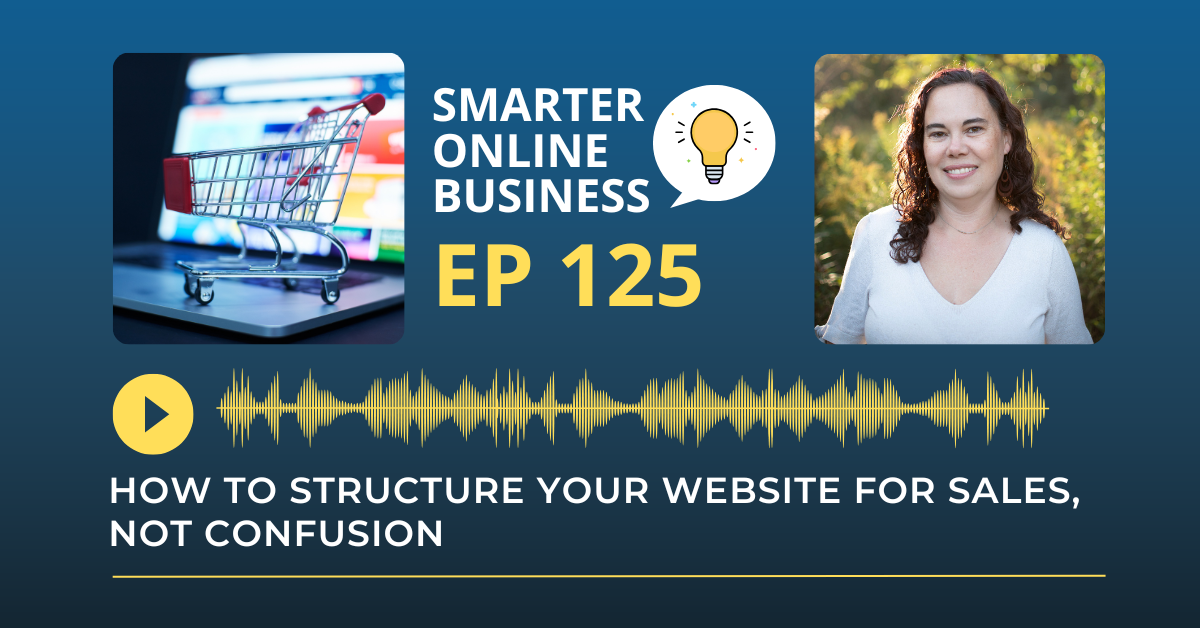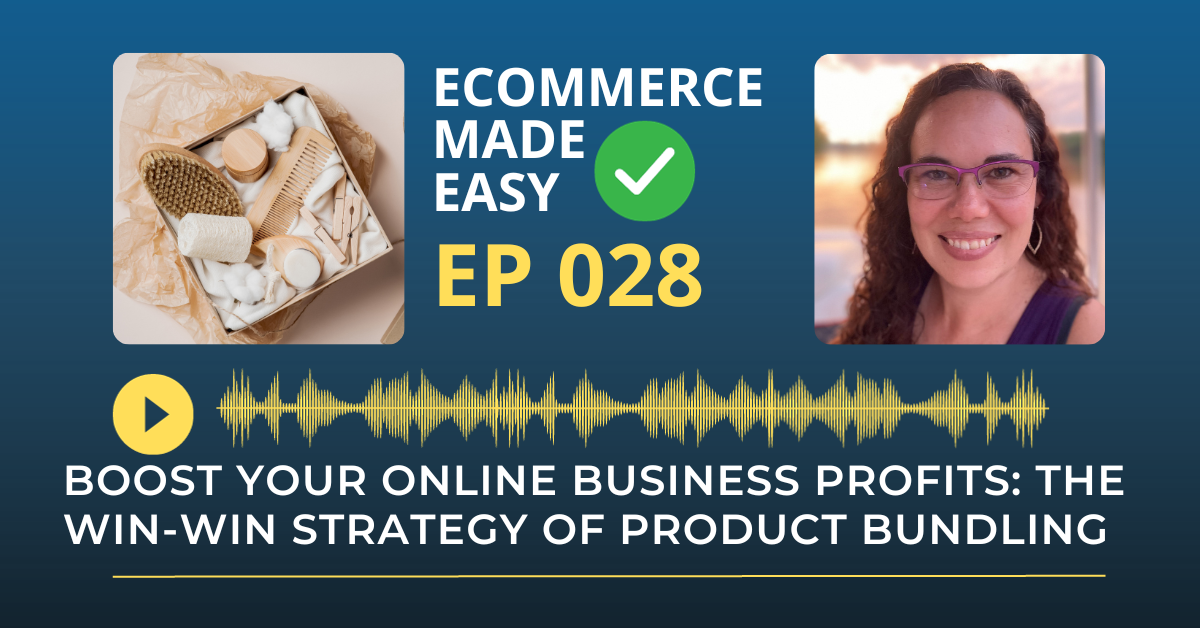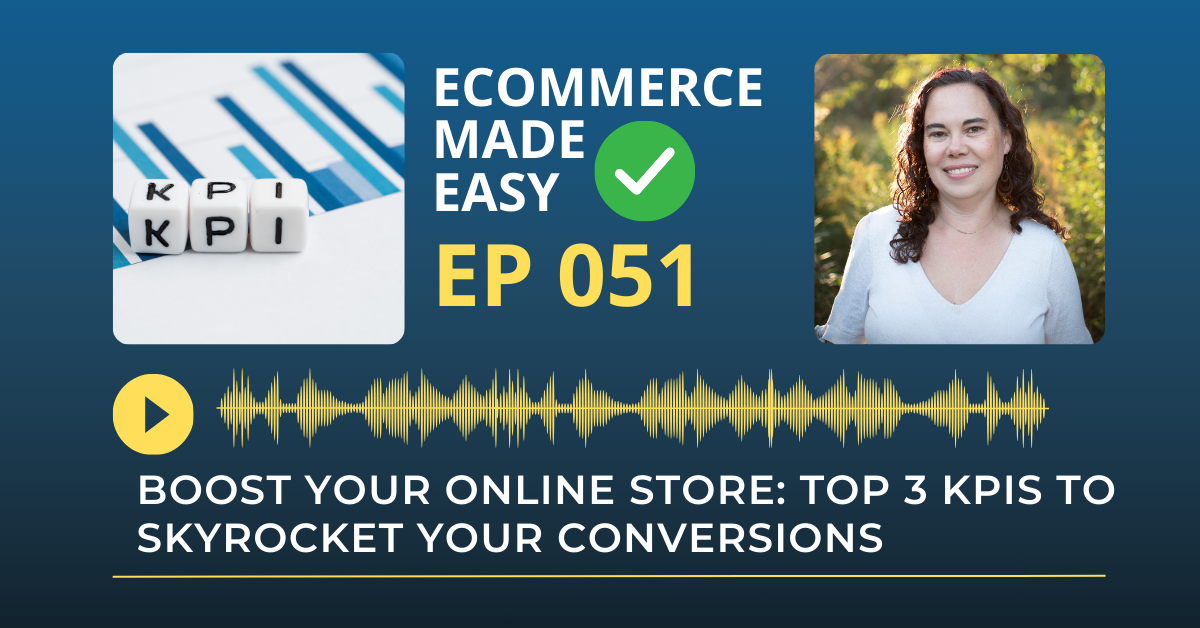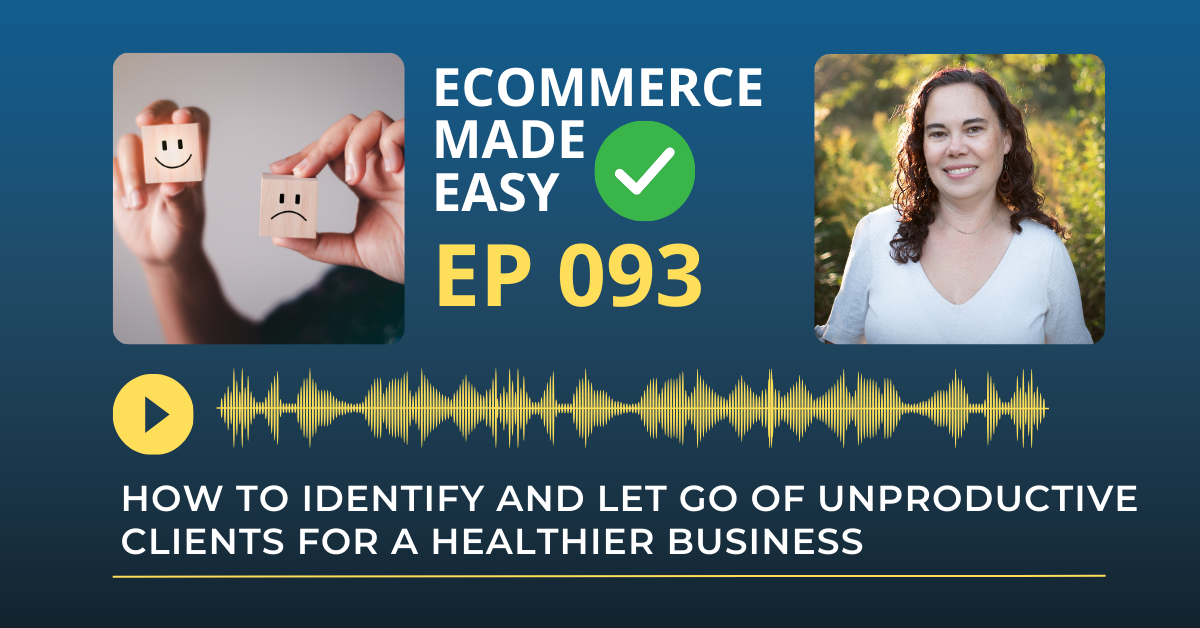If your website makes people work too hard to find what they need, they won’t stick around.
Confused people don’t convert—and most websites are more confusing than we realize.
In today’s episode, I’m going to walk you through how to structure your site so visitors can get where they need to go in 3 clicks or less.
This isn’t just about user experience—it’s about building trust and increasing conversions.
Let’s Recap: How to Structure Your Website for Sales, Not Confusion
In the digital age, website navigation has become the critical pathway between customer interest and conversion. As online attention spans continue to shrink, the importance of streamlined site architecture cannot be overstated. The fundamental principle is simple yet powerful: visitors should be able to find what they need in three clicks or less. This isn’t merely a suggestion for improved user experience—it’s a strategic imperative for businesses looking to maximize conversions and build lasting customer trust.
The Psychology Behind the Three-Click Rule
The logic behind the three-click rule is grounded in both psychology and practical user behavior. When visitors land on your website, they arrive with momentum and purpose. Each additional click required to reach their destination creates friction, diminishing that initial energy and eroding trust in your platform. Studies consistently show that confused visitors simply don’t convert, and most websites are significantly more confusing than their owners realize. This disconnect creates a substantial gap between potential and actual conversion rates that most businesses fail to address properly.
Building a Strategic Site Structure
Creating an effective site structure begins with strategic prioritization. Rather than attempting to showcase everything equally, successful websites identify their top one or two desired user actions and design pathways that guide visitors toward these specific goals. Whether it’s booking a call, signing up for a lead magnet, purchasing a product, or enrolling in a course, your site architecture should function as a guided journey rather than a static brochure.
This means limiting main navigation items to five to seven options, typically including:
- Home
- Services/Products
- Resources/Blog
- About
- Contact
Fewer choices create less friction, and clear navigation builds subconscious trust with your audience.
The Power of Smart Internal Linking
Smart internal linking serves as the connective tissue of an effective website. By mapping how users move from homepage to services to booking pages—or from blog posts to product pages—you ensure no critical destination requires more than three clicks to reach.
This mapping process often reveals structural issues, particularly with blogs and content archives. Many sites with years of valuable content fail to provide accessible pathways to older articles through proper categorization and archive navigation. As a result, search engines may drop these pages from indexing, and visitors miss opportunities to discover resources that could lead to conversions.
How Navigation Shapes Brand Perception
The impact of simplified navigation extends beyond convenience—it shapes how visitors perceive your brand and offerings. When information is easily accessible, visitors develop a subconscious confidence in your business, assuming that if your website is thoughtfully organized, your products and services likely reflect similar attention to detail and customer care.
This perception of professionalism creates a foundation of trust that dramatically increases conversion probability.
A Simple Test for Your Website
To verify your site’s navigational effectiveness, conduct a quick experiment: ask someone unfamiliar with your website to locate your primary offering within three clicks—without assistance. Their success or failure will quickly reveal whether your current structure supports or hinders your business goals.
Rate, Review, & Follow on Apple Podcasts
If you’re loving my eCommerce Made Easy Podcast, I’d be thrilled if you could rate and review the show on Apple Podcasts. Your ratings and reviews help me reach more listeners and empower more people like you to thrive in the online business world.
Just click here to head over to Apple Podcasts, scroll down, give us a five-star rating, and share what you enjoyed most about the episode in the “Write a Review” section.
If you haven’t hit that follow button yet, now’s the perfect time! I have new episodes coming your way every week that you won’t want to miss. Hit the follow button and stay up to date with the eCommerce Made Easy Podcast! Follow Now!




